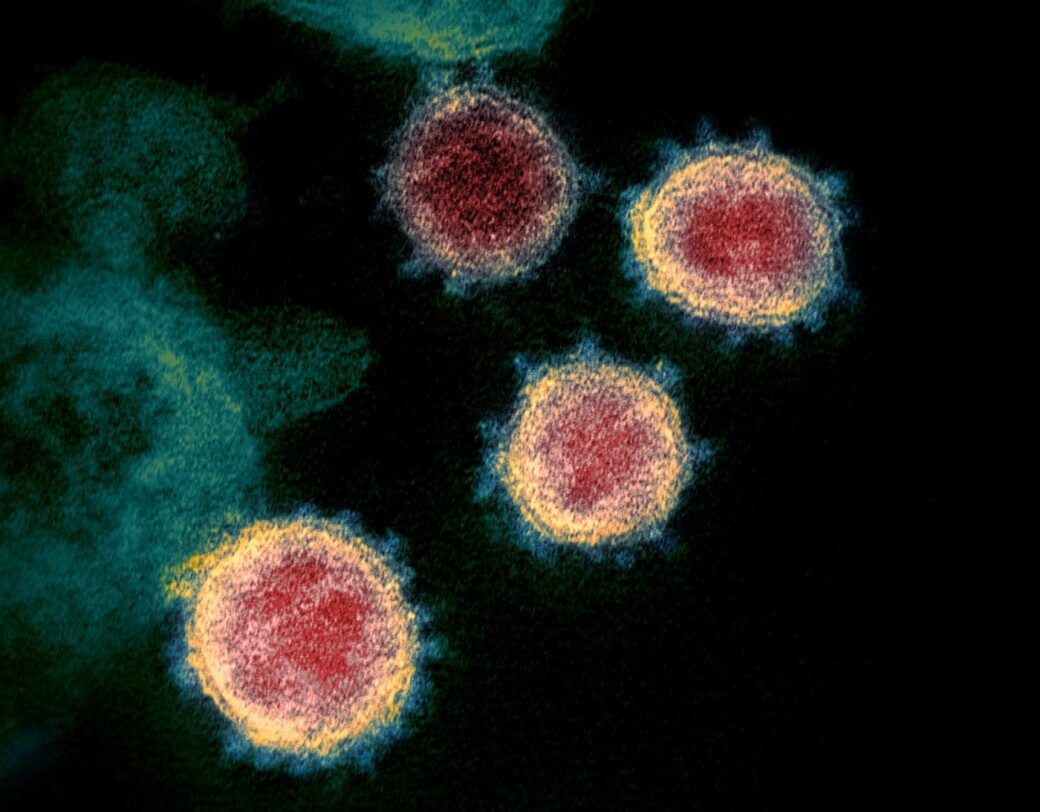Reverse genetics has been a valuable tool for producing insights into viral pathogenesis and vaccine development.
Large RNA virus genomes, such as from Coronaviruses, are cumbersome to clone and to manipulate in E. coli hosts due to size and occasional instability. Therefore, an alternative rapid and robust reverse genetics platform for RNA viruses would benefit the research community. Researchers show the full functionality of a yeast-based synthetic genomics platform for the genetic reconstruction of diverse RNA viruses, including members of the Coronaviridae, Flaviviridae and Paramyxoviridae families.
There are some risks to consider. The ability to quickly make a virus from scratch raises concerns that the process could be used to make biological weapons.“Collectively, all those things can take a tremendous amount of time,” says David Evans, a virologist at the University of Alberta whose team raised alarm in 2017 for making a synthetic version of the extinct horsepox virus, a relative of the smallpox virus. “If you want to start working with the virus as quickly as possible, it’s sometimes faster and simpler just to make it yourself.”
Viral subgenomic fragments were generated using viral isolates, cloned viral DNA, clinical samples, or synthetic DNA, and reassembled in one step in Saccharomyces cerevisiae using transformation associated recombination (TAR) cloning to maintain the genome as a yeast artificial chromosome (YAC).
T7-RNA polymerase has been used to generate infectious RNA, which was then used to rescue viable virus. Based on this platform, scientists have been able to engineer and resurrect chemically-synthetized clones of the recent epidemic SARS-CoV-2 in only a week after receipt of the synthetic DNA fragments.
What’s possible is to rapidly respond to emerging viruses by enabling the generation and functional characterization of evolving RNA virus variants – in real-time – during an outbreak.
Image: NIAID/Flickr

